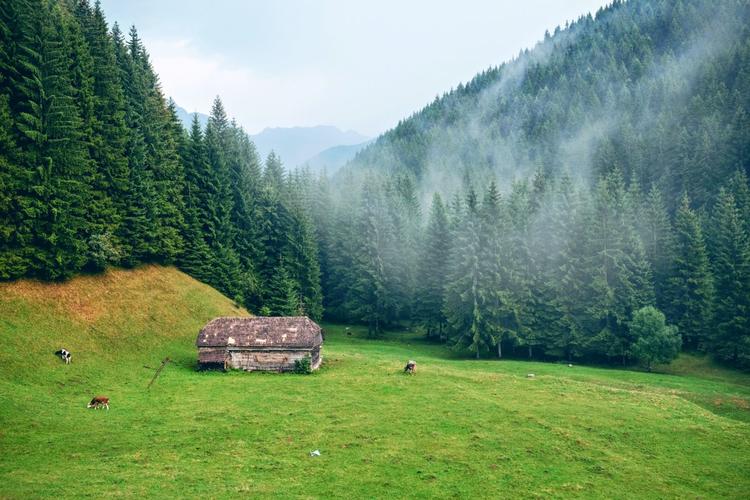Exploring the Rich and Colorful Culture of El Salvador
El Salvador is a small but culturally-rich country located in Central America. It boasts a vibrant and colorful culture that is deeply rooted in its history, traditions, and customs. In this article, we’ll explore the various elements that make El Salvador’s culture unique and worth exploring.
The Influence of Indigenous Peoples
The indigenous peoples of El Salvador, such as the Pipil and Lenca, have had a significant influence on the country’s culture. They have left an indelible mark in El Salvador’s music, dance, cuisine, and even language. For instance, the Nahuat language, spoken by the Pipil people, has words that are still used in modern-day El Salvadorian Spanish.
The Role of Religion
Religion plays a crucial role in El Salvador’s culture. A majority of the country’s population is Roman Catholic, and this is reflected in the country’s many religious festivals and ceremonies. One of the most popular religious festivals is Semana Santa (Holy Week), which sees elaborate processions, music, dance, and traditional food.
Musical and Dance Traditions
El Salvador’s music and dance traditions are lively, rhythmic, and colorful. The country’s traditional music is a mixture of African, European, and indigenous influences. One of the most iconic Salvadorian musical styles is the cumbia, characterized by its lively beat and cheerful melodies. The Punta is another popular dance style that originated from the Garifuna people of Belize, Honduras, and Nicaragua.
Cuisine
El Salvador’s cuisine is tasty, hearty, and diverse. Many of the country’s dishes are influenced by indigenous ingredients and cooking techniques. Traditional dishes include the pupusa, a filled tortilla, and the yuca frita, or fried cassava. El Salvador’s food is renowned for its use of herbs and spices, such as coriander, cumin, and annatto.
Arts and Crafts
El Salvador is home to a vibrant arts and crafts scene, with many talented artists producing beautiful, colorful works. The country’s craftspeople produce masterpieces in a variety of mediums, including textiles, ceramics, and wood carving. Many of these artworks reflect the country’s history and cultural heritage.
Conclusion
In conclusion, El Salvador’s culture is rich, colorful, and deeply ingrained in its history and traditions. From the influence of the indigenous peoples to the country’s vibrant music and dance traditions, El Salvador has much to offer for those looking to explore and enjoy its unique culture. If you’re interested in discovering more about El Salvador’s culture, then you won’t be disappointed.
(Note: Do you have knowledge or insights to share? Unlock new opportunities and expand your reach by joining our authors team. Click Registration to join us and share your expertise with our readers.)
Speech tips:
Please note that any statements involving politics will not be approved.
